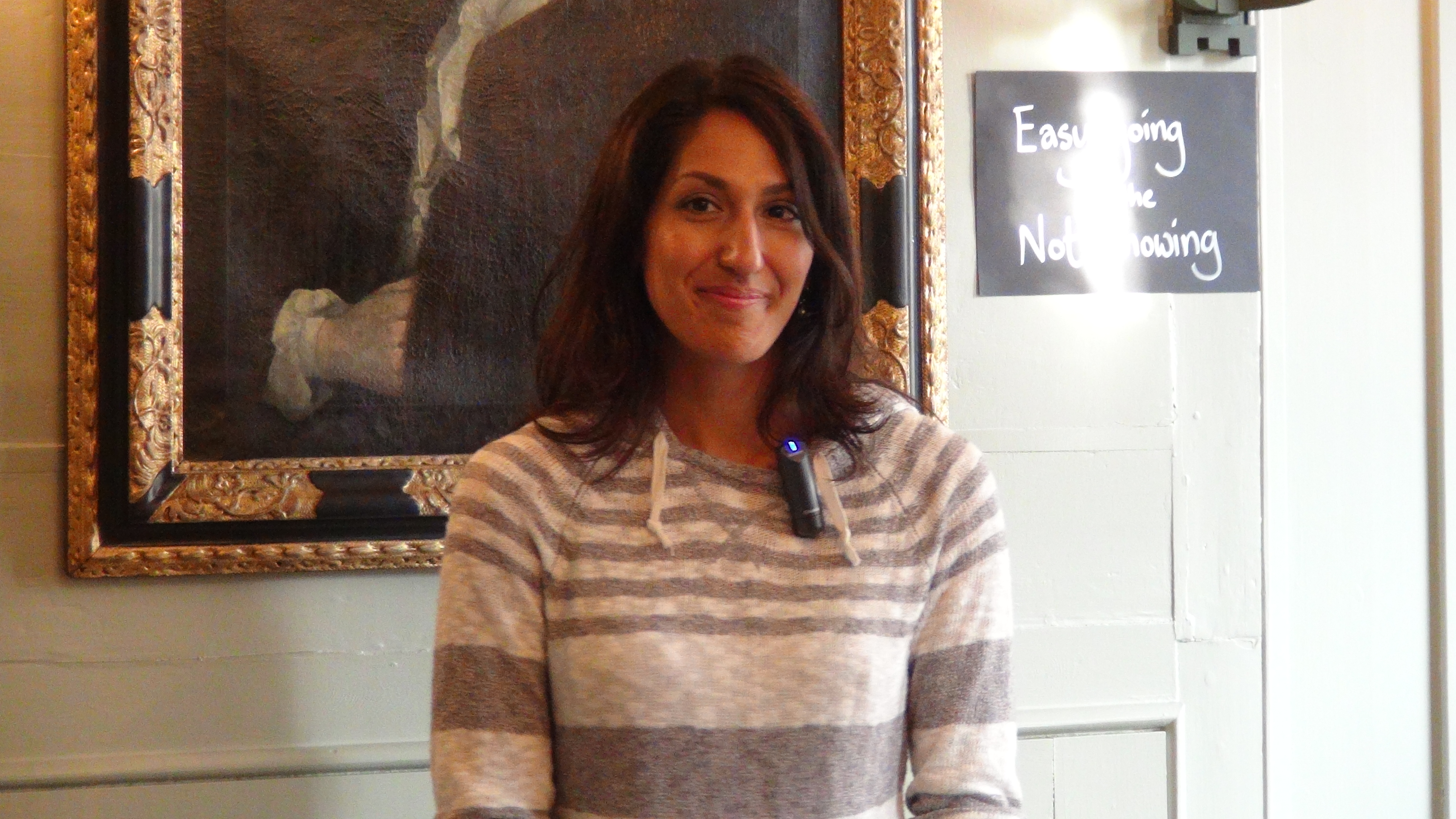
Unveiling the Anxiety of Speaking to People
Do you feel anxious when faced with the prospect of speaking to people? You are not alone. Many individuals experience anxiety in social situations, especially regarding verbal communication. This blog aims to explore the nature of this anxiety, discuss its normalcy in public speaking, delve into the fear associated with speaking to people, and understand how anxiety contributes to the fear of talking.
Understanding the Anxiety of Speaking to People
What is the Anxiety of Speaking to People?
The anxiety of speaking to people refers to the apprehension, nervousness, and discomfort individuals experience when communicating verbally with others. It can manifest in various forms, such as social anxiety, performance anxiety, or specific phobias related to speaking in public. The fear of judgment, criticism, or the anticipation of saying something wrong can trigger anxiety, making it challenging to communicate effectively.
Social Anxiety
Social anxiety is a type of anxiety that arises from the fear of being judged, embarrassed, or humiliated in social situations. When speaking to people, individuals with social anxiety may experience excessive self-consciousness, worry about being the centre of attention, and fear being negatively evaluated by others.
Performance Anxiety
Performance anxiety, often associated with public speaking, is the fear of performing inadequately or being scrutinised by an audience. The pressure to deliver a flawless presentation or speech can trigger intense anxiety, leading to physical symptoms such as rapid heartbeat, sweating, trembling, and mental distress.
Specific Phobias
Some individuals may have specific phobias related to speaking in public or certain social situations. These phobias can arise from traumatic past experiences or learned associations, causing an intense fear response when confronted with similar problems. Such phobias can significantly impact an individual's communication and engagement ability.
Is Anxiety Normal in Public Speaking?
Examining Anxiety in Public Speaking
Anxiety in public speaking is a common occurrence, even among seasoned speakers. It is perfectly normal to feel a certain level of anxiety before presenting to a group of people. The adrenaline rush and heightened state of alertness can enhance performance and focus. However, excessive anxiety that interferes with one's communication ability must be addressed.
The Yerkes-Dodson Curve
The Yerkes-Dodson curve illustrates the relationship between anxiety and performance. This curve shows moderate anxiety levels can enhance performance, leading to increased motivation, focus, and energy. However, performance declines due to excessive nervousness and mental overload when anxiety levels become too high.
Managing Anxiety in Public Speaking
To manage anxiety in public speaking, individuals can employ various strategies. These may include:
- Preparation: Thoroughly preparing and practising the presentation or speech can boost confidence and reduce anxiety. Familiarity with the material helps individuals feel more secure in their knowledge and delivery.
- Deep Breathing and Relaxation Techniques: Engaging in deep breathing exercises and relaxation techniques, such as progressive muscle relaxation or meditation, can help calm the mind and body, reducing anxiety symptoms.
- Positive Visualisation: Visualising successful outcomes and positive experiences before the speaking engagement can help individuals build confidence and alleviate anxiety.
Understanding Glossophobia: The Fear of Speaking to People
Unveiling Glossophobia
The fear of speaking to people is commonly known as glossophobia. It is an intense fear or anxiety associated with speaking in front of others. Glossophobia can range from mild discomfort to extreme distress, causing individuals to avoid public speaking situations. This fear can hinder personal and professional growth, limiting opportunities for self-expression and engagement.
The Impact of Glossophobia
Glossophobia can have profound effects on individuals' lives. It can lead to missed opportunities, hinder career advancement, and limit personal growth. The fear of speaking to people can create significant stress and anxiety, negatively impacting self-esteem and overall well-being.
Overcoming Glossophobia
While glossophobia can be challenging to overcome, it is not insurmountable. Here are a few strategies to help individuals face and conquer their fear:
- Gradual Exposure: Gradually exposing oneself to speaking in front of others can desensitise the fear response over time. Starting with small, supportive groups and progressively working towards larger audiences can help build confidence.
- Seeking Support: Joining public speaking groups or enrolling in courses that offer a supportive environment can provide guidance, feedback, and encouragement. Learning from experienced speakers and sharing experiences with like-minded individuals can help individuals overcome their fear.
- Developing Communication Skills: Enhancing overall communication skills, such as active listening, non-verbal communication, and structuring thoughts effectively, can boost confidence in speaking to people.
Why Anxiety Causes a Fear of Talking
Unraveling the Connection between Anxiety and the Fear of Talking
Anxiety can cause a fear of talking due to several factors:
- Fear of Judgement: Anxiety amplifies the fear of being judged or evaluated negatively by others. Expecting criticism or disapproval can create a sense of vulnerability, leading to self-consciousness and inhibiting natural conversation.
- Perfectionism and High Expectations: Individuals with anxiety may place undue pressure on themselves to meet unrealistically high standards in their communication. The fear of making mistakes or being unable to express thoughts perfectly can intensify anxiety and hinder effective conversation.
- Negative Self-Perception: Anxiety can distort one's self-perception, causing individuals to perceive themselves as inadequate or inferior in social interactions. This negative self-image reinforces the fear of talking and contributes to a cycle of anxiety.
Cognitive Distortions
Cognitive distortions, such as overgeneralising, catastrophising, and personalising, can further fuel anxiety and the fear of talking. These distorted thought patterns create a biased lens through which individuals interpret social interactions, leading to heightened anxiety and avoidance behaviours.
Breaking the Cycle
Breaking the cycle of anxiety and fear of talking involves challenging negative thoughts and adopting more realistic and positive perspectives. Cognitive-behavioural therapy (CBT) techniques, such as cognitive restructuring and exposure therapy, can help address these cognitive distortions and gradually reduce anxiety.
Overcoming Anxiety and Embracing Effective Communication
If you find yourself experiencing anxiety when it comes to speaking to people, remember that it is a common challenge faced by many. By understanding the nature of this anxiety, acknowledging its normalcy in public speaking, and recognising its fear, you can take steps towards overcoming your anxiety.
Seeking professional support, practising relaxation techniques, and gradually exposing yourself to social situations can help manage and reduce anxiety. Remember that effective communication is a skill that can be learned and improved upon. With time, patience, and self-compassion, you can conquer your anxiety and develop confidence in your ability to communicate with others.
So, take a deep breath, step out of your comfort zone, and embrace the journey of growth and self-expression. You can overcome your anxiety and communicate with clarity, confidence, and authenticity.
If you resonate with the experiences described in this blog and struggle with anxiety when speaking to people, know that you are not alone. Take the first step towards overcoming your anxiety by seeking professional support, joining public speaking groups, or enrolling in communication courses. Embrace the journey of growth and self-expression, and remember that with practice, patience, and self-compassion, you can develop the confidence to communicate effectively with others. Don't let anxiety stop you from expressing your thoughts and connecting with people. Start your journey today and unlock your full communication potential.
© Presence Training

 Log in with Facebook
Log in with Facebook 









